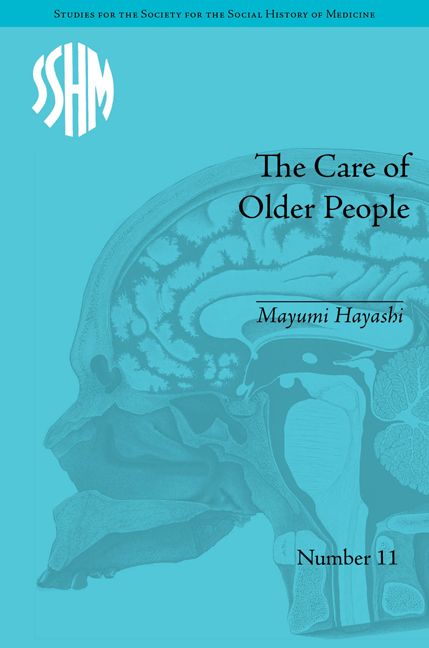4 - The Gifu Experience
Summary
In this chapter Gifu Prefecture is taken as Japan's regional case example. The period examined takes us into the 1990s, as statutory residential care provision for older people came later here. Drawing on official records and local publications, this chapter examines how the prefecture interpreted and implemented central legislation and policy goals according to its regional context. Under the 1951 Social Services Reform Act, Japan had a two-tier administrative structure in residential care provision for older people, with forty-seven upper prefectural (regional) authorities responsible for overall provision and some 800 lower municipal authorities running everyday administration. These arrangements were essentially unchanged during the period examined in this chapter.
Gifu Prefecture in central Japan (see Map 4.1 inset) is divided into twenty-six lower municipal authorities. It covers 4,173 square miles, with more than 80 per cent of the area forest or woodland and 25 per cent at least 3,000 feet above sea level. The people are predominantly homogeneous and generally conservative in outlook. The population almost doubled from 1.07 to 2.12 million between 1920 and 1999, with the proportion of over-65s more than trebling from 5.2 per cent to 17.5 per cent, which is above the national average. Since the municipal authorities were small, varied too much in size to be representative, and have few official records available to the public, the focus here is on upper Gifu Prefecture.
Charitable Pioneers: Almshouses, 1908–45
Gifu Prefecture had no direct prefectural or municipal authority Poor Law institutions for needy individuals throughout the 1929 Poor Law period (1932–45). Three small charitable old people's almshouses in the cities of Gifu, Takayama and Ogaki were founded in 1908, 1925 and 1926 respectively, helping an average of no more than fifty people altogether throughout the 1930s (Map 4.1) at a time when more than 71,000 prefecture inhabitants were aged 65 or over. Although the rural elderly were unable to access almshouses, very few sought this type of care or were considered sufficiently needy, as a strong tradition of family care and community orientation prevailed.
- Type
- Chapter
- Information
- The Care of Older PeopleEngland and Japan - A Comparative Study, pp. 95 - 120Publisher: Pickering & ChattoFirst published in: 2014



